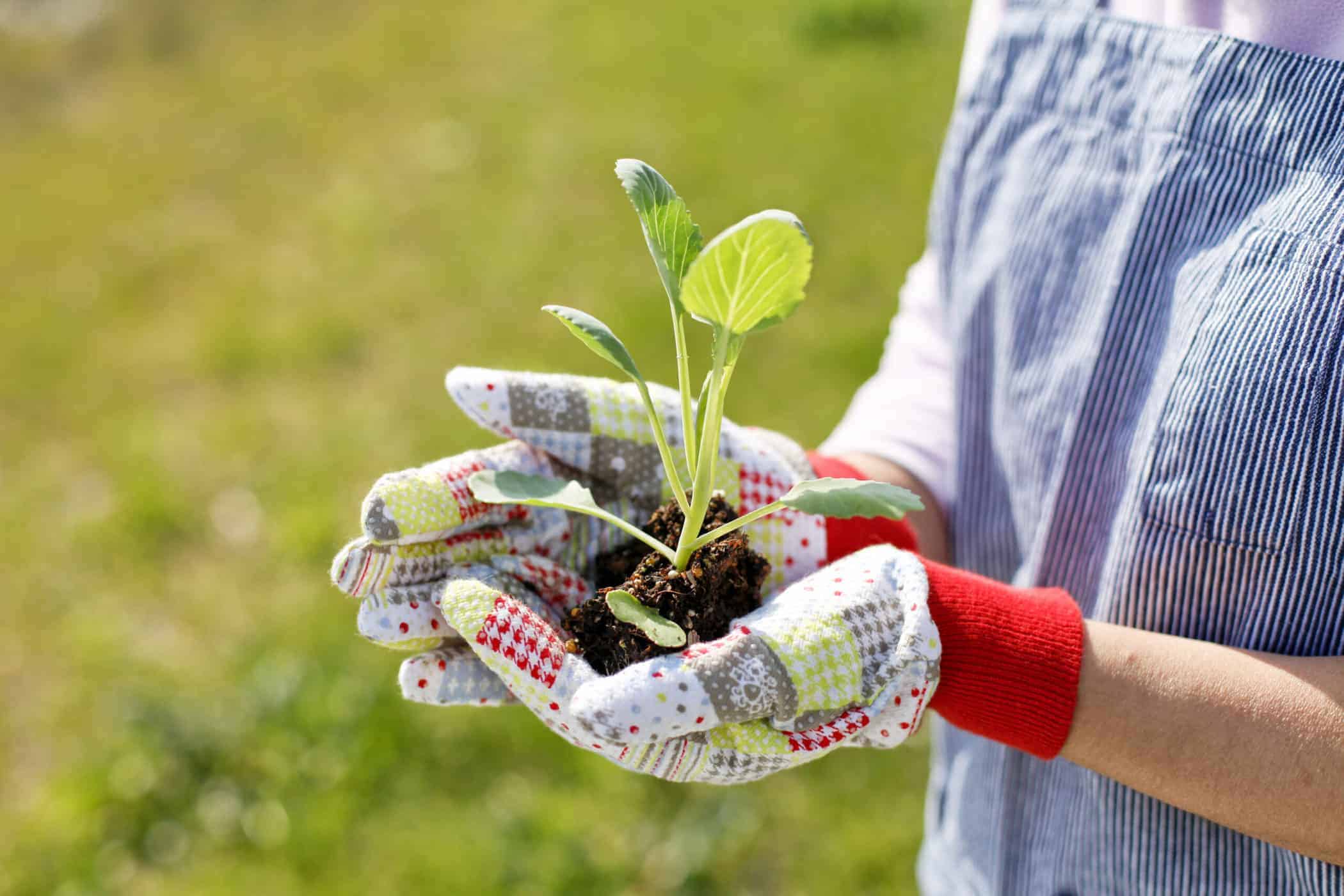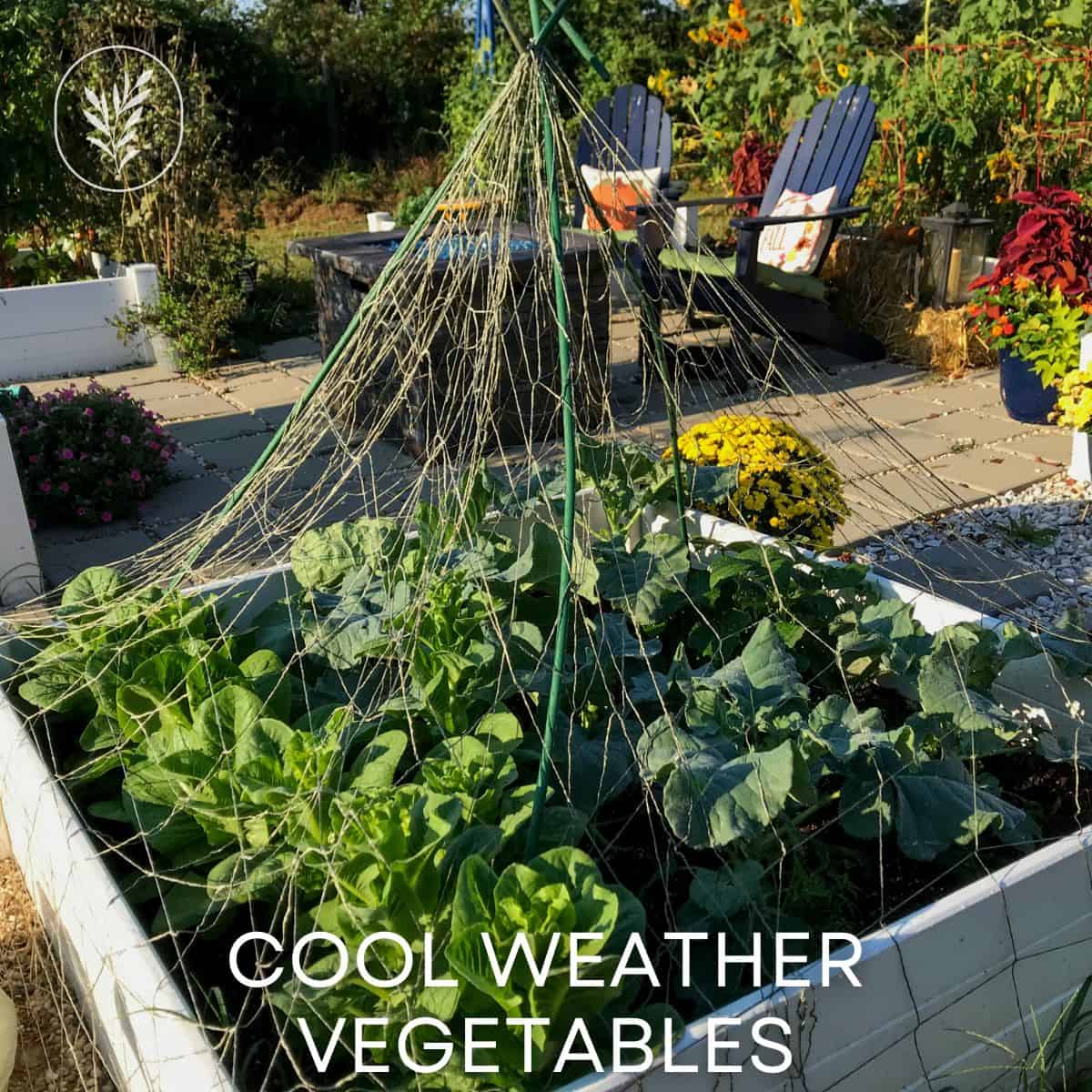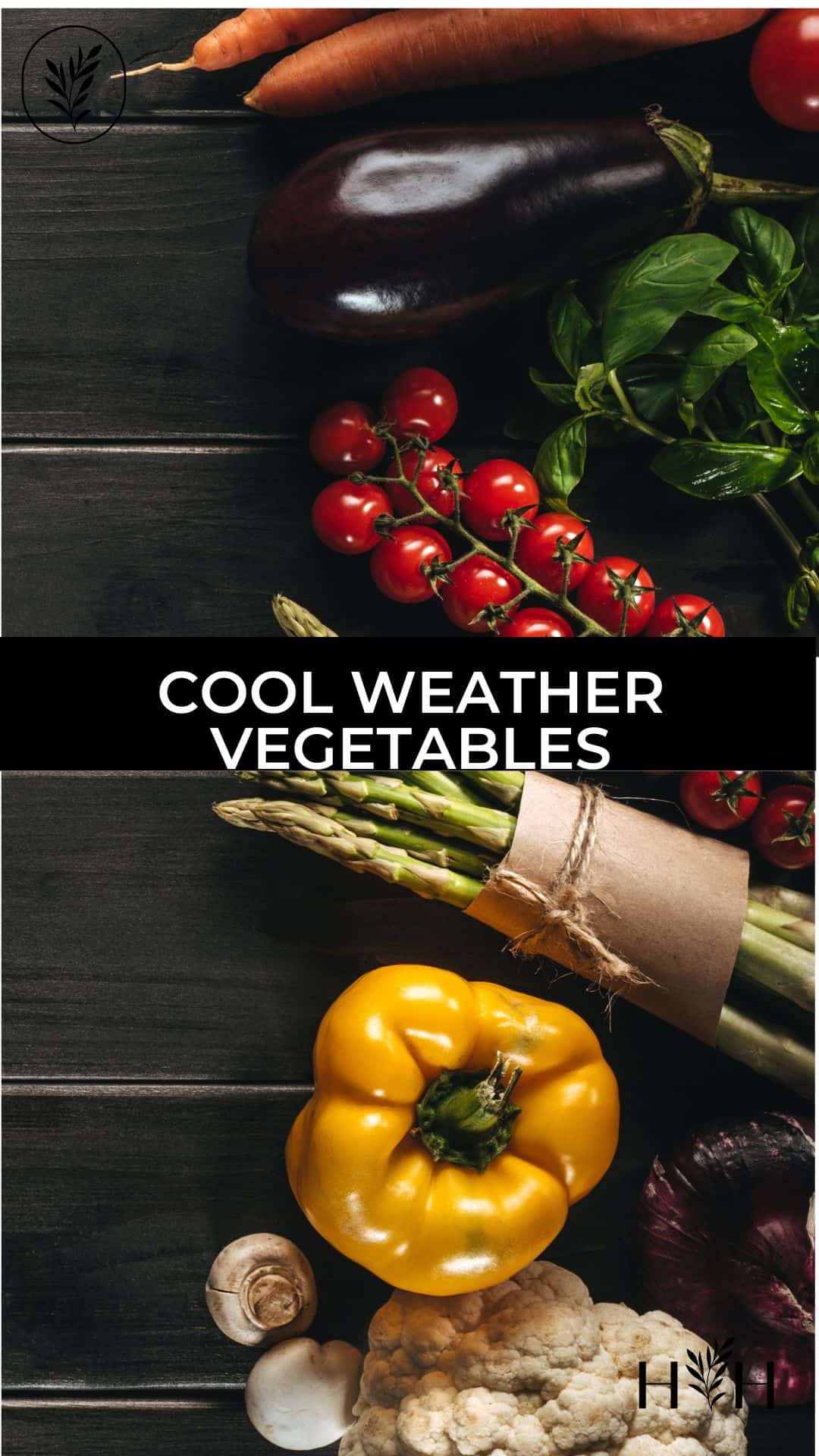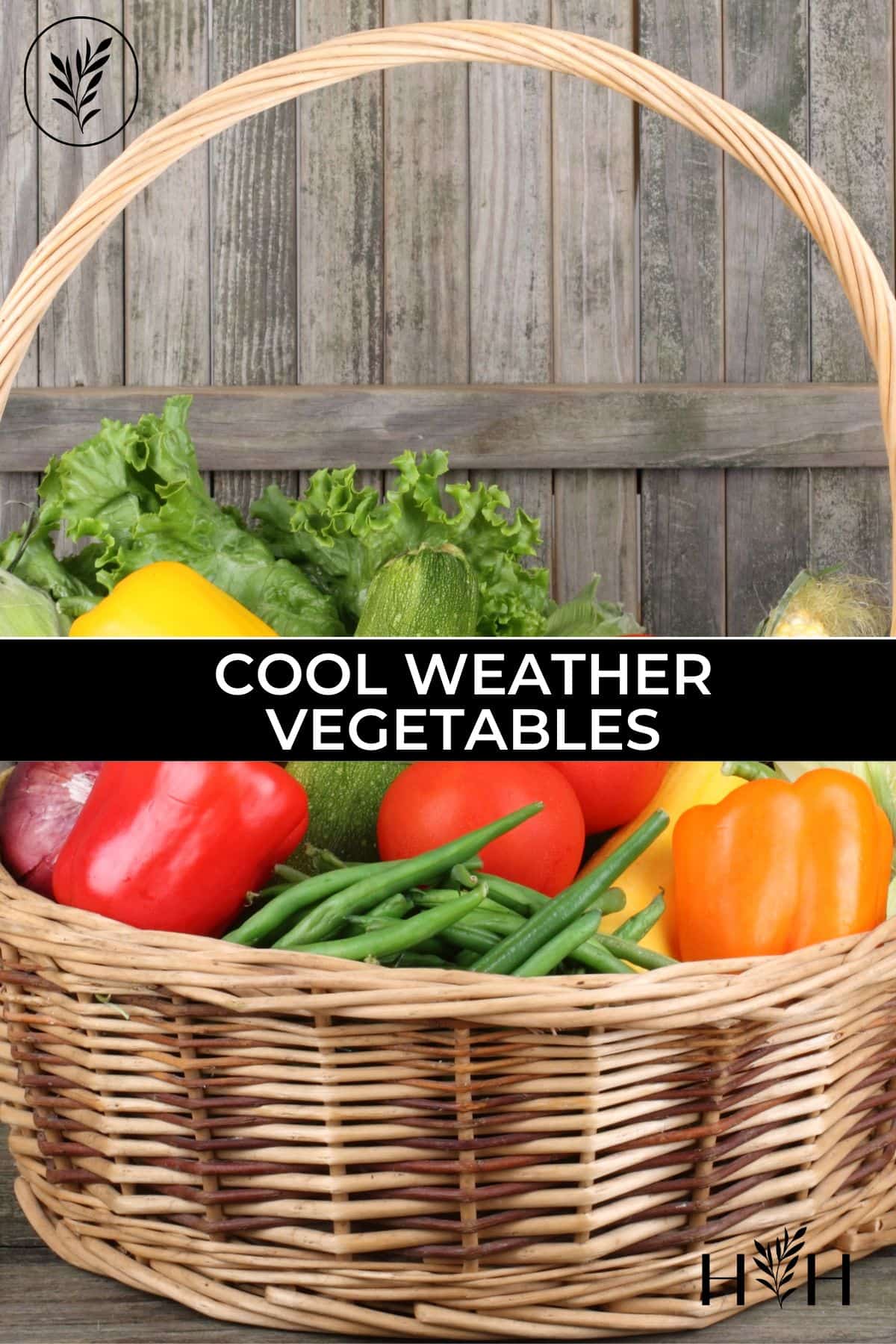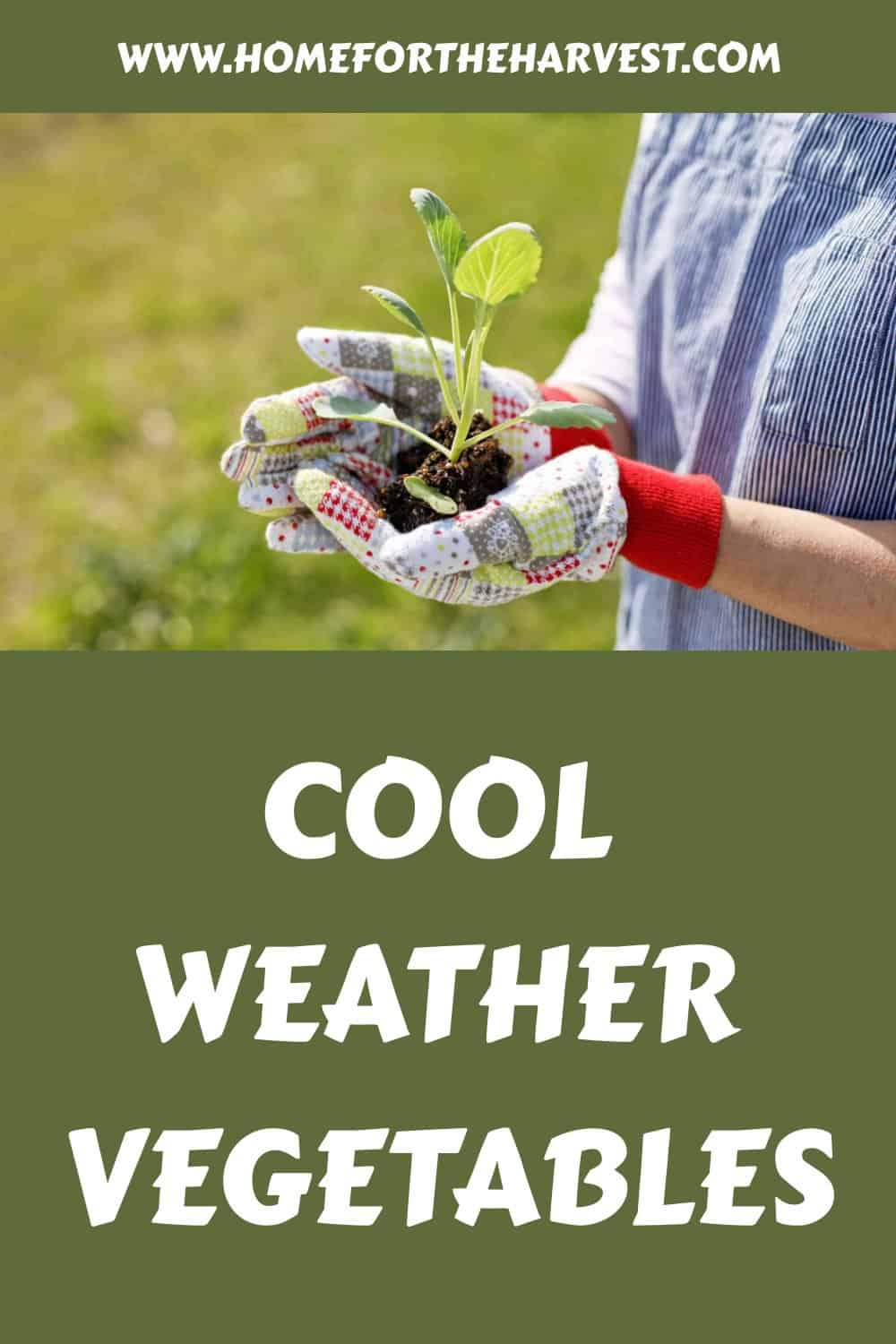The veggie garden doesn’t have to be limited to the warm summer months! Cool weather vegetables are hardy crops that grow and thrive during the colder seasons of the year. Here are some of the best cool-season crops to try in your vegetable garden.
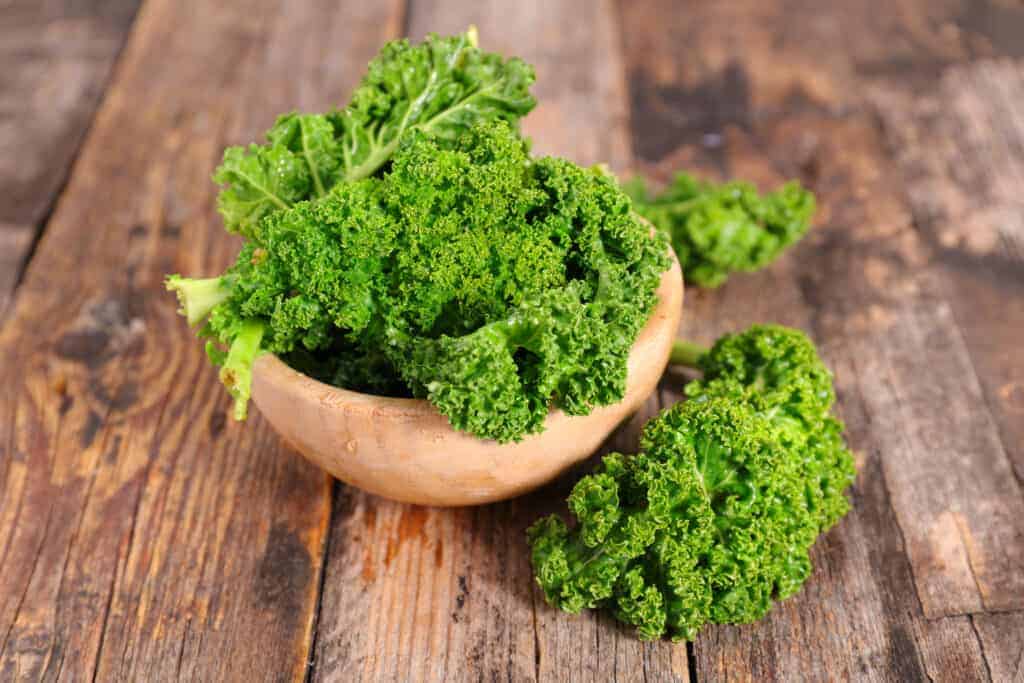
1. Kale
Kale, also called leaf cabbage, has green or purple leaves and belongs to the same family as cabbage, kohlrabi, and collard greens. They can even tolerate temperatures of zero degrees Fahrenheit. Just like with collards, cold weather sweetens the flavor of kale.
To grow kale in cold weather, sow your seeds in June or July, at least 6 to 8 weeks before the first frost. Although the plant can withstand a decent frost, it’s best to keep the snow away from the soil, especially because the kale grows upwards. Winter kale will grow best under a row cover or in an unheated greenhouse. Even covering your planted seeds with a layer of straw will help. Once grown, your kale plants will be ready to harvest all winter and spring.
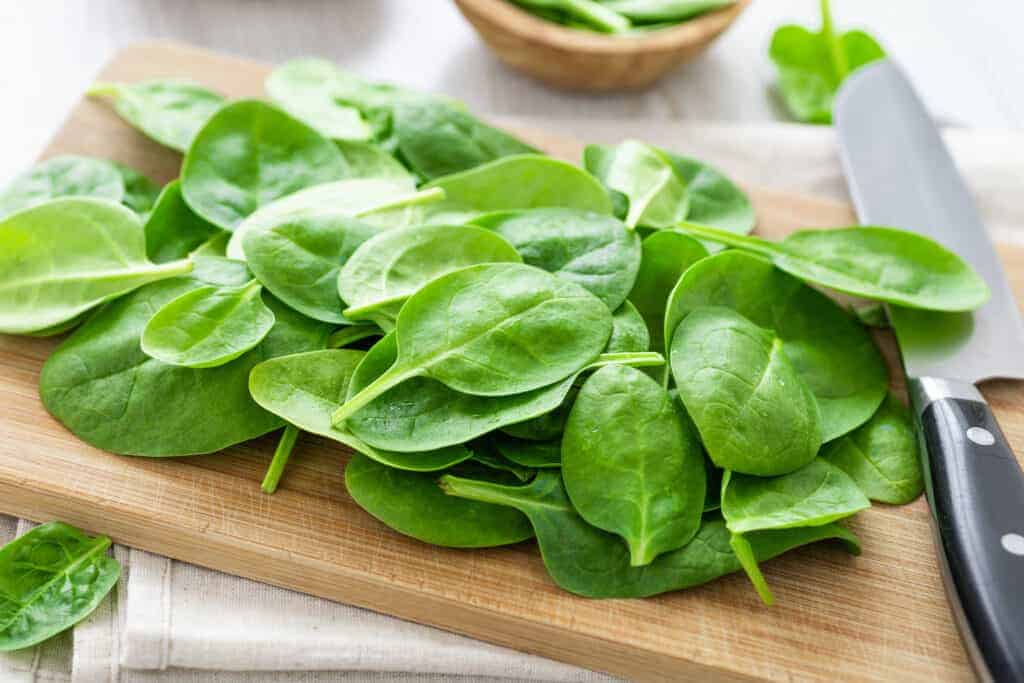
2. Spinach
Spinach grows in the same family as kale and collards and has many of the same properties, such as the ability to withstand zero degree temperatures and growing sweeter as the weather gets colder.
Winter spinach needs to be planted in the late summer, around 6 to 8 weeks before the first frost. Spinach can have a hard time germinating, and can require being sown multiple times. If planted in August, they’ll be ready to harvest in October. Winter spinach is best when planted in early September; this way, the plants can grow, can give a light harvest of baby greens in the fall, and then go dormant through the winter before being harvested again in February and March.
Unfortunately, growing winter spinach is a little trickier than growing collards or kale. Spinach needs to be properly ventilated because the plant can easily overheat when grown in a tunnel or cold frame. Crowded spinach plants will stay wet, which can cause rot and spread disease, which is problematic because spinach plants are already highly susceptible to mildew. It’s best to give these plants plenty of room to grow. Make sure to keep the leaves thin and the weeds pulled.
Winter spinach will grow best if given some protection. A low tunnel, covered with a sheet or row cover, will regulate the temperature, offer shelter from ice and snow, and keep the leaves dry.
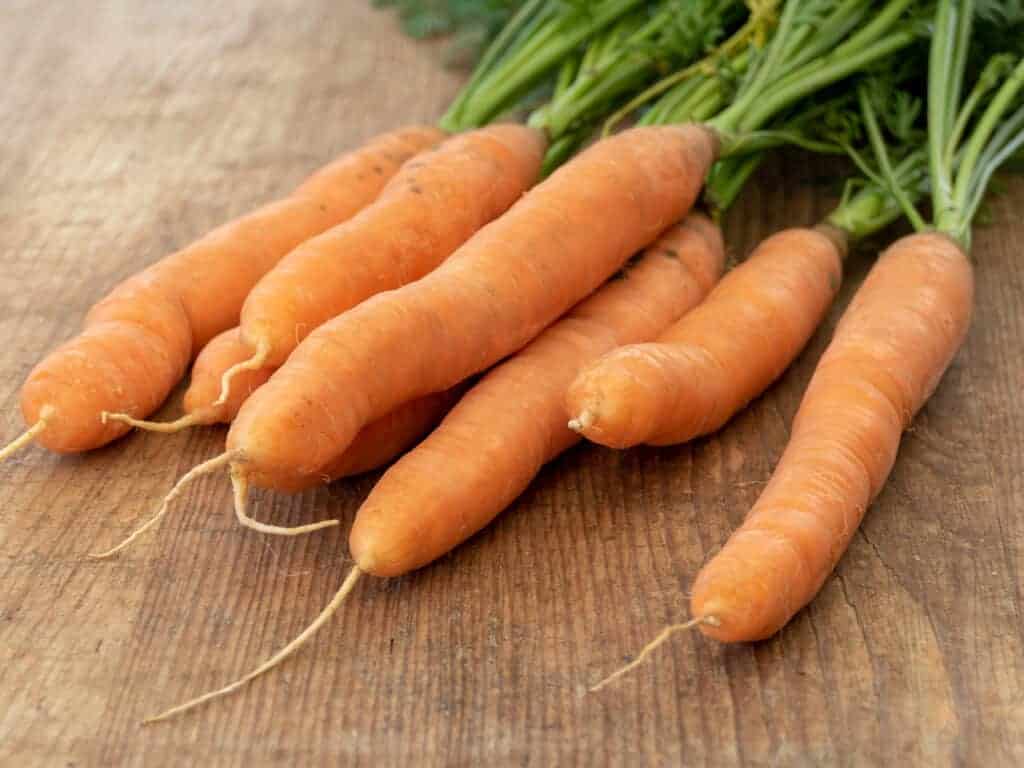
3. Carrots
Carrots are root vegetables, though the leafy tops can be used as a decorative garnish or put into a salad. The tops are fragile compared to the rest of this list, as they can only stand 15 degrees Fahrenheit, however, the roots can go much colder. In fact, cold weather stimulates the root to produce more sugars, which makes a type of antifreeze to protect the plant from freezing. Fair warning, though—a prolonged cold will make the roots grow long and pale.
To grow winter carrots, plant the seeds in September. Top them with plenty of mulch, and use a row cover or a sheet weighed down with rocks to keep the mulch from blowing away or rotting. This cover will also provide some protection to the leafy green tops as well.
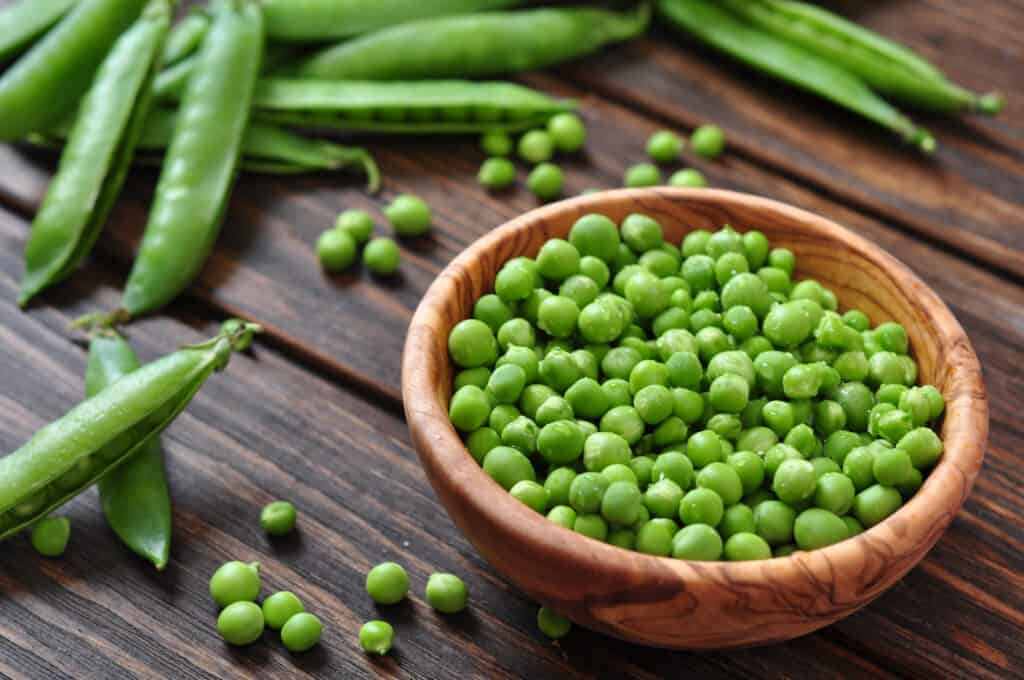
4. Peas
Peas are much like fava beans when it comes to their cold tolerance and how they should be grown. Plant your peas in early spring or late summer. Peas will stop producing pods if they get too hot but will start growing again when the weather cools down. These plants grow best when the temperature stays below 70 degrees Fahrenheit and will germinate at 35 degrees Fahrenheit. You can plant your seeds as soon as the ground is unfrozen and workable.
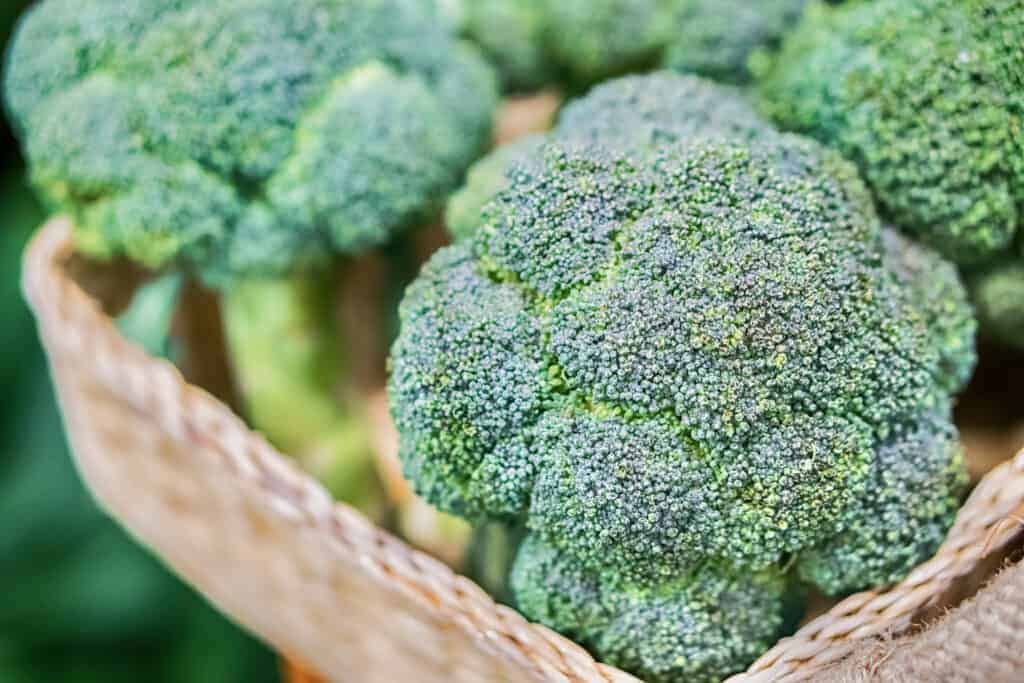
5. Broccoli
Broccoli is considered a cool-season crop but needs a very careful balance between too hot and too cold. The best temperature for broccoli is between 65 and 80 degrees Fahrenheit. If this balance is maintained, broccoli can grow bigger and have a sweeter flavor, especially if it reaches maturity in cool weather.
Mid to late summer, usually June or July, is the best time to plant winter broccoli. At the very least, start your broccoli 10 to 12 weeks before your first frost. The cool days and nights of autumn will help the sprouts grow, but not before they are ready for cutting. Broccoli is frost tolerant, so sudden cold snaps aren’t a worry.
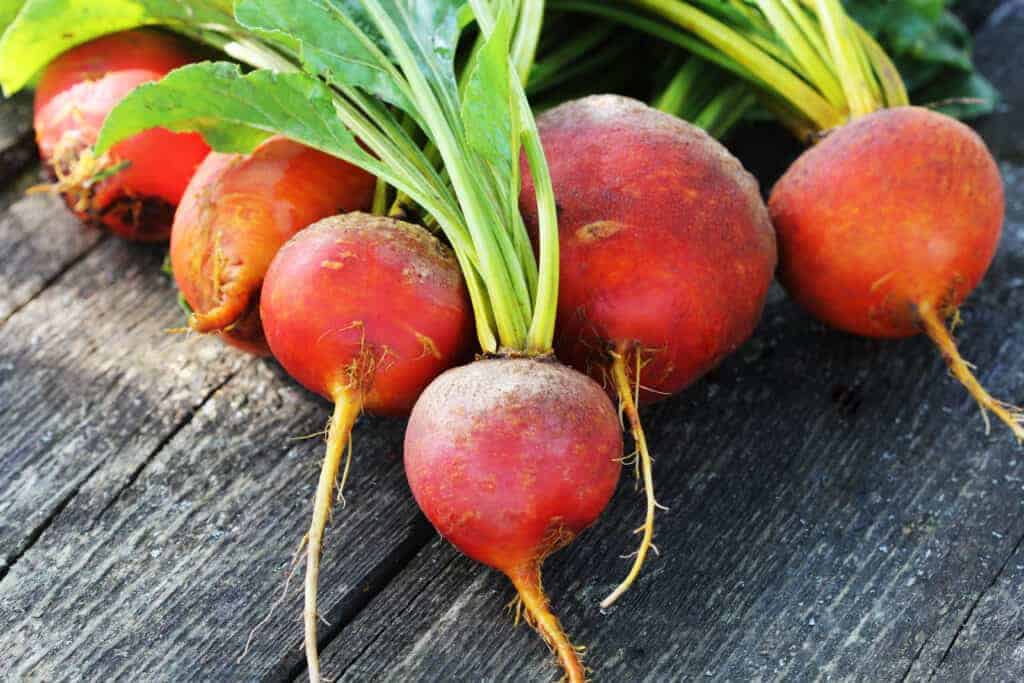
6. Beets
Beets are wonderful cold-weather crops and are good plants to grow in small home gardens because they only require a little room. These plants are root vegetables, like carrots, and are grown mainly for the roots, although the tops can be used as salad greens. Beets grow best in cool temperatures of spring and fall and don’t do well in hot weather.
It’s best to plant your seeds in July so the plants will be ready to harvest all winter. However, they may go to seed if temperatures drop below 50 degrees Fahrenheit.


